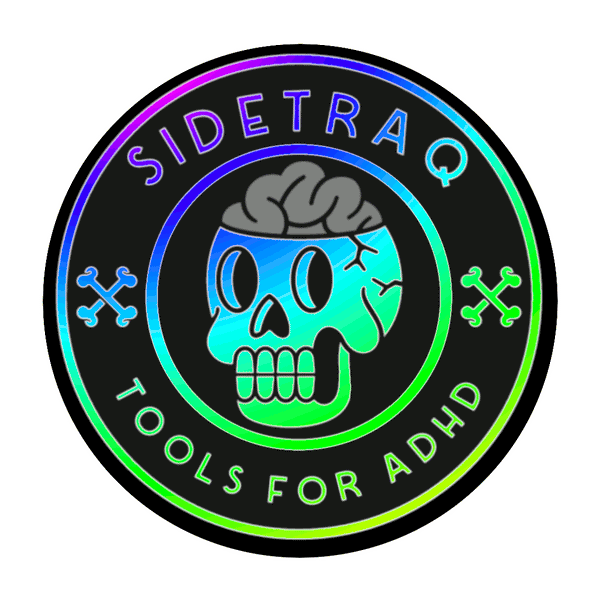When many people hear the term ADHD (Attention Deficit Hyperactivity Disorder), their minds often conjure images of restless children bouncing off the walls or adults unable to sit still for more than a few minutes. While hyperactivity is indeed a hallmark feature of ADHD, there's a lesser-known truth that often gets overlooked: not all individuals with ADHD exhibit hyperactive behavior.
As someone who lives with ADHD but doesn't fit the stereotypical hyperactive mold, navigating this condition can be a journey filled with misconceptions and misunderstandings. So, let's set the record straight: ADHD does not always come with a hyperactive component, and here's why that matters.
First and foremost, it's essential to understand that ADHD is a spectrum disorder, meaning it manifests differently from person to person. While some individuals may display hyperactivity, others may primarily struggle with inattentiveness or impulsivity. This subtype of ADHD, known as ADHD predominantly inattentive presentation, often flies under the radar because it doesn't fit the traditional hyperactive stereotype.
For those of us with ADHD without the hyperactive component, our challenges may manifest in subtler ways. We might find it difficult to maintain focus during lectures or meetings, frequently lose track of time or tasks, or struggle with organization and time management. It's not that we're lazy or disinterested; rather, our brains operate on a different wavelength, making it challenging to filter out distractions and stay on task.
The misconception that ADHD always involves hyperactivity can lead to misdiagnosis or underdiagnosis, particularly in adults. Many individuals with ADHD inattentive type fly under the radar because their symptoms don't fit the stereotypical mold. As a result, they may struggle in silence, without access to the support and resources that could significantly improve their quality of life.
But here's the thing: just because our ADHD doesn't come with the hype of hyperactivity doesn't make it any less valid or impactful. The cognitive struggles associated with ADHD inattentive type can have a profound effect on every aspect of our lives, from academics and work to relationships and self-esteem. It's a daily battle against forgetfulness, disorganization, and the pervasive feeling of being overwhelmed.
However, it's not all doom and gloom. By raising awareness about the diverse presentations of ADHD, we can foster greater understanding and support for all individuals affected by this condition. We can challenge the stereotypes and stigmas that surround ADHD and advocate for more inclusive approaches to diagnosis and treatment.
Moreover, recognizing that ADHD doesn't always have a hyperactive component opens the door to more tailored interventions and accommodations. Whether it's implementing strategies for improving focus and executive function or exploring alternative treatment options, there are plenty of tools and resources available to help individuals with ADHD inattentive type thrive.
So, the next time you hear the term ADHD, remember that it's not always about hyperactivity. It's about understanding and embracing the diverse ways in which this condition manifests. It's about acknowledging the unique strengths and challenges of each individual affected by ADHD, regardless of whether they fit the stereotypical mold. And most importantly, it's about creating a world where everyone, regardless of their neurodiversity, has the opportunity to thrive.
